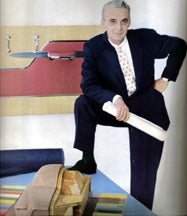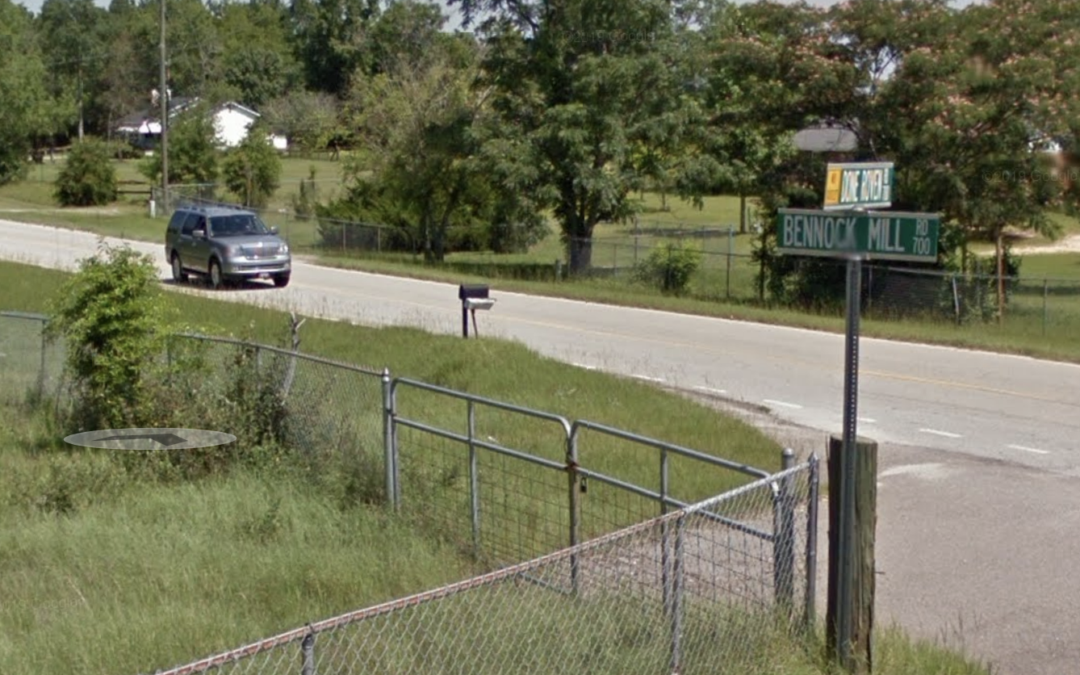Fame in the automotive world is fleeting, just ask John DeLorean, the father of the GTO who is now mostly only remembered for the underperforming DMC-12.
Much the same can be said of automotive designer Virgil Exner, who designed some real classics, but just one year’s worth of bad designs caused his star to go supernova and explode.
According to the Detroit Historical Society, in 1934, Exner was hired by General Motors in the advertising department drawing trucks for the ad posters that hung in car showrooms.
Automotive design legend Harley Earl saw Exner’s talent and moved him to the Art and Color Section of the design department, and by the age of 30, he was promoted to chief designer for Pontiac and that is where the burgeoning designer hit his stride.
Pontiac vehicles were in the low-priced field, and when Exner joined the team, the offerings from the company were stodgy at-best and they looked cheaply made. Since costly chrome was out of the question, Exner used stainless steel to give the vehicles some flash and make them appear to be faster, according to Daryl Scott of Throwin’ Wrenches.
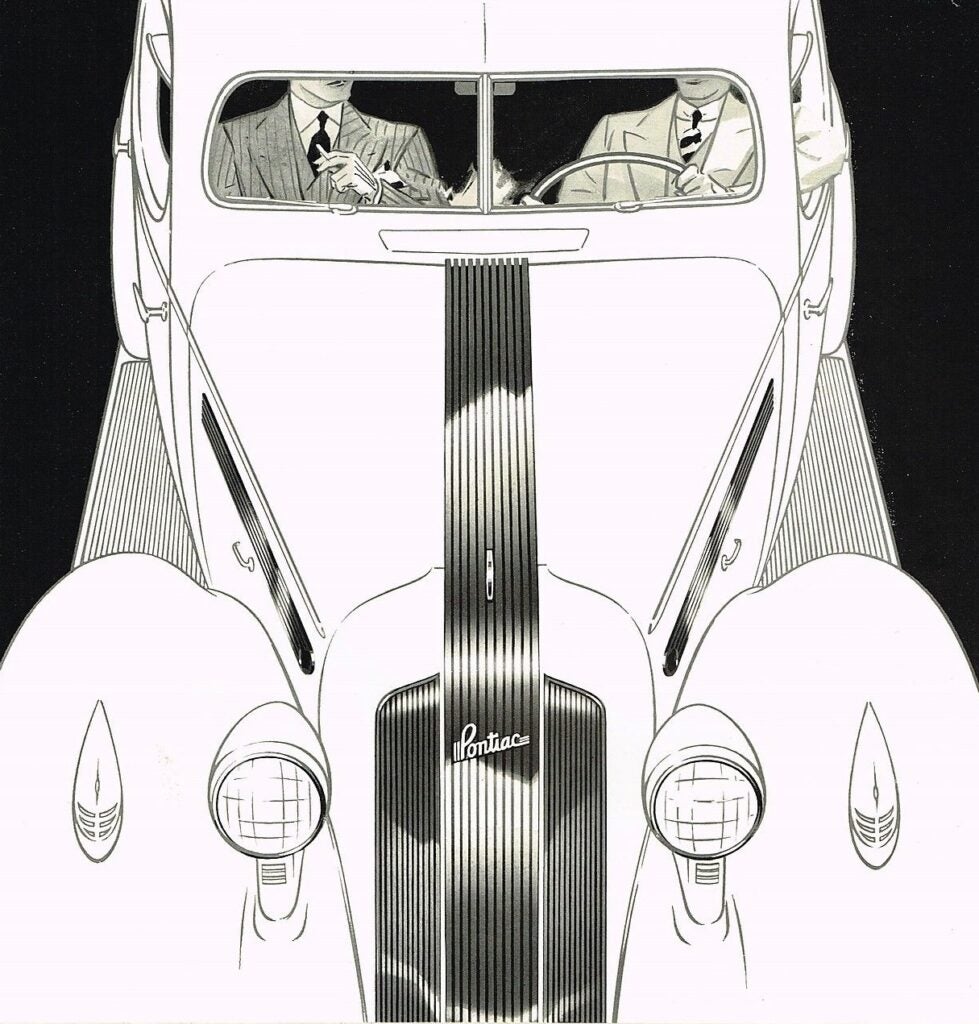
It is well known that Earl was a head strong character and could be difficult to work with, but all sources indicate that the two men got along quite well; however, Earl was a long way off from retirement, and Exner felt there was no more forward momentum on his career, so he jumped ship and moved to a private firm used by Studebaker before being hired outright by the company.
During World War II Exner was sidelined and only designed military equipment, but he was by no means idle. Exner wanted Studebaker to be first out of the gate when the war ended, and he succeeded as his company was the first to offer a fresh new car when the other car makers were having to retool just to pump out warmed-over 1941 models.
Exner really loved Italian designs and produced the 1947 Studebaker with those styling cues in mind, and the result was a hit with car buyers.
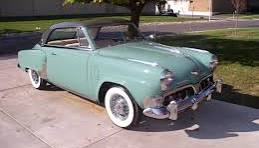
In 1954, Exner moved to Chrysler and began working on what would be the atomic bomb of automotive design, the 1957 series called the “Forward Look.”
The story goes that Earl had some of his designers go over to the Chrysler development lot to see if they could peek through the fence and get a glimpse of what his former protégé was working on and the men were astonished at what they saw.
The Forward Look had aggressive front ends that made the cars look like they were in motion while at a standstill, but the most arresting feature of the new models were the tall fins, or “rear stabilizers” at the rear of the vehicles. The cars were also lower to the ground with wider wheel bases that, again, gave them a simulated performance stance.
Auto companies had toyed with early versions of a tail fin as far back as 1937, but Exner’s fins gave his cars a spaceship like appearance, and they triggered the late 1950s “tail fin wars.”
Exner also paid special attention to the design of wheel wells, again, to give the illusion that the car was moving even when in Park. The designs immediately changed the focus of every other car designer out there.
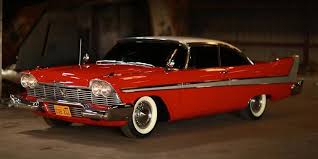
Writer Stephen King said that when he was crafting his novel “Christine,” he purposefully chose to use a 1958 Plymouth because they were not considered classics in 1978.
“They were everywhere in the late fifties, Chrysler sold a ton of them back then, but by the time I started writing the book, most of them had rusted out and were never seen on the road,” King was quoted as saying.
The movie “Christine” would remind the public of just how special those designs were, the movie car did look like a demon on wheels.
Exner also followed the lead of his old boss in creating concept vehicles, designing the Plymouth EXNR, and like Harley Earl’s Buick Y-Job, he used the open top two-seater as a daily driver.
By 1961, Exner was being pressured by his bosses to keep the sales train running, and he accidentally drove it off the rails. Exner toyed with all kinds of ideas, adding horizontal fins, as opposed to vertical fins, and even had some mockup asymmetrical designs that were so hideous to the senses that they never made it past the clay modeling stages.
The ‘61 models looked overthought; some of them were just plain bizarre looking and sales went into the flaming dumpster.
The Forward Look ended when Exner was sent to pasture and Chrysler went into a new direction.
Like his successor at Pontiac, DeLorean, Exner tried his hand at starting his own car company by partnering with Ghia to revive the Duesenberg nameplate in 1966. However, the design had a chunky looking grille and large C-pillars that overpowered the otherwise sleek design.
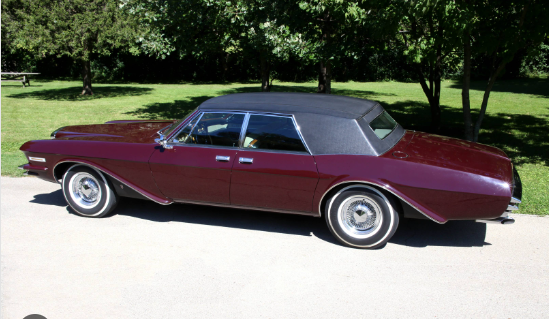
Even with Duesenberg revamp failure, Exner never stopped designing, but he abandoned vehicles meant for the highway and began designing boats. His boat designs are now considered works of art.
While his star only shown brightly in the night sky for a brief period, Exner will always be known as the “father of the fins.”
Scott Hudson is the Senior Investigative Reporter and Editorial Page Editor for The Augusta Press. Reach him at scott@theaugustapress.com

